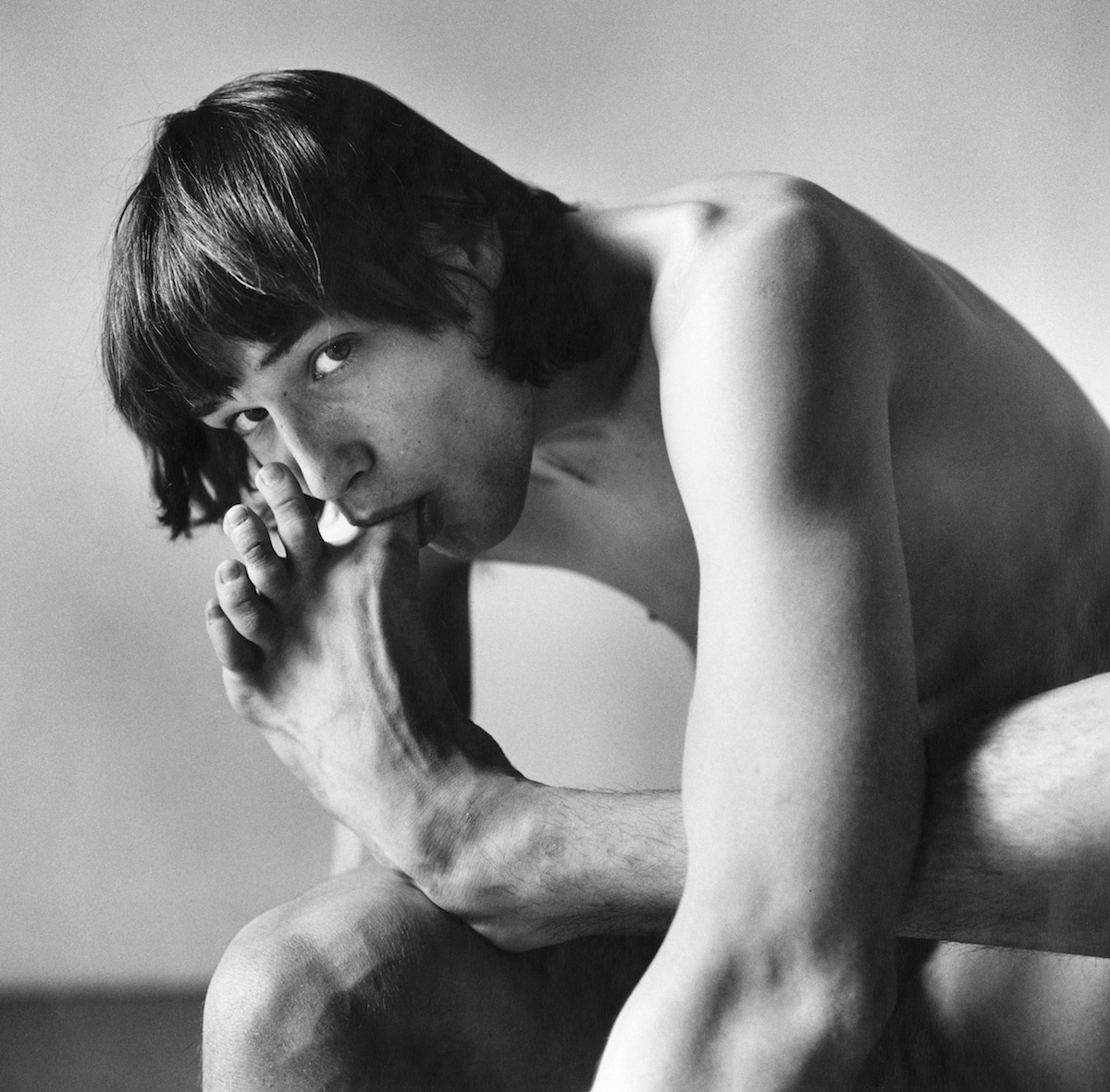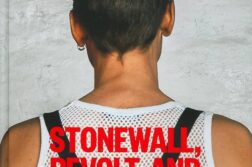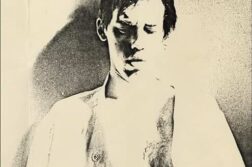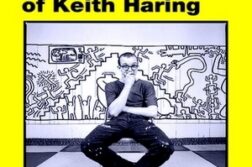Published in: May-June 2014 issue.
 Peter Hujar: Love & Lust
Peter Hujar: Love & Lust
Fraenkel Gallery, San Francisco
Jan. 4–March 8, 2014
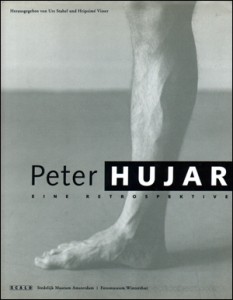 Exhibit Catalogue
Exhibit Catalogue
Fraenkel Gallery. 82 pages
with 36 tritone illustrations, $45.
PETER HUJAR (1934–1987) began as commercial photographer’s assistant, then shifted to the world of fashion before turning exclusively to fine art photography. This trajectory is identical to that of his mentor, Lisette Model, who also taught many other fashion-to-fine art photographers, notably Richard Avedon, David Bailey, Annie Leibovitz, Helmut Newton, and Irving Penn.


